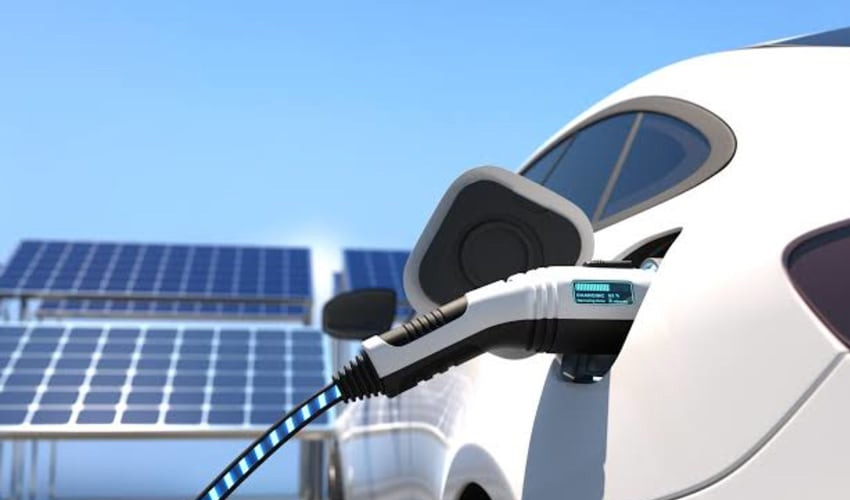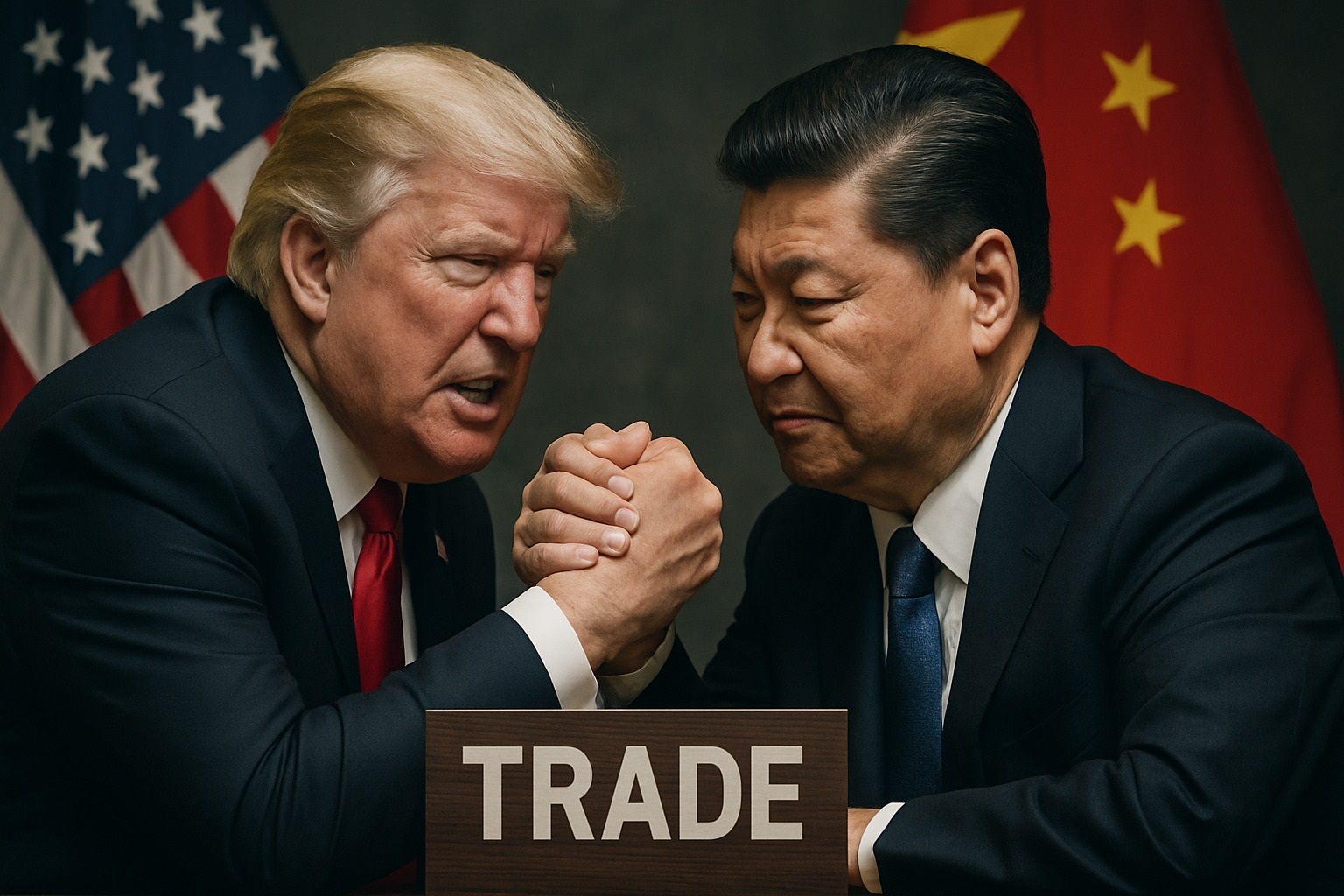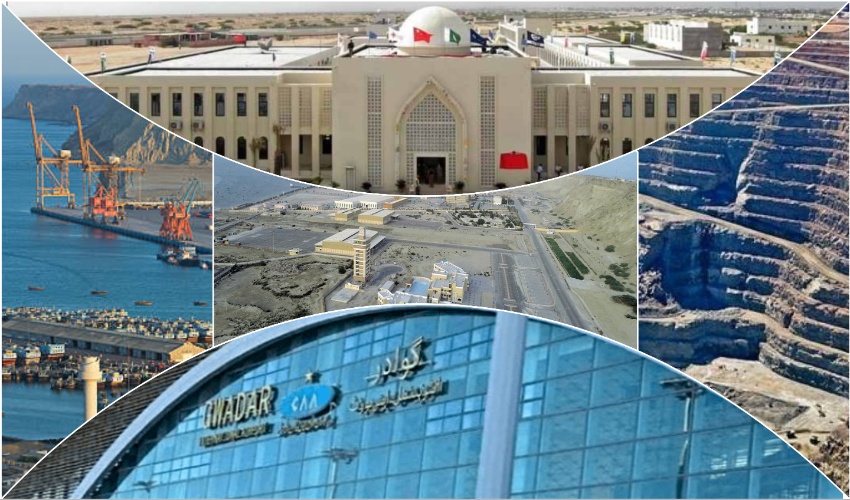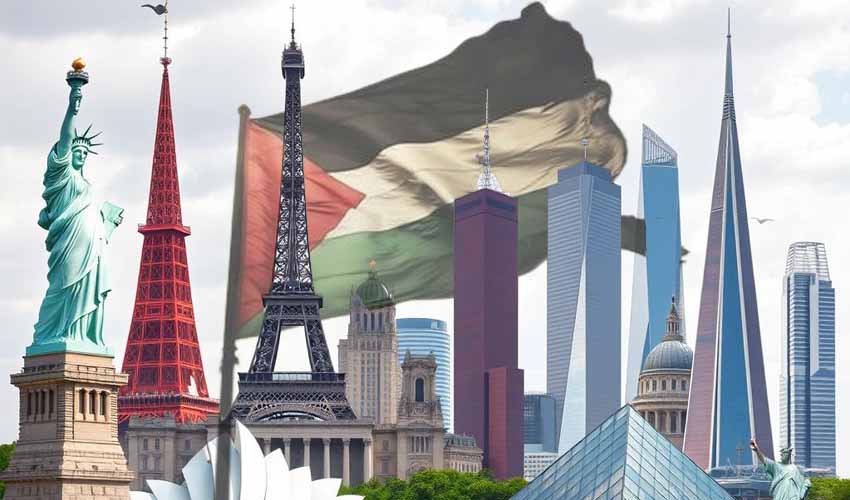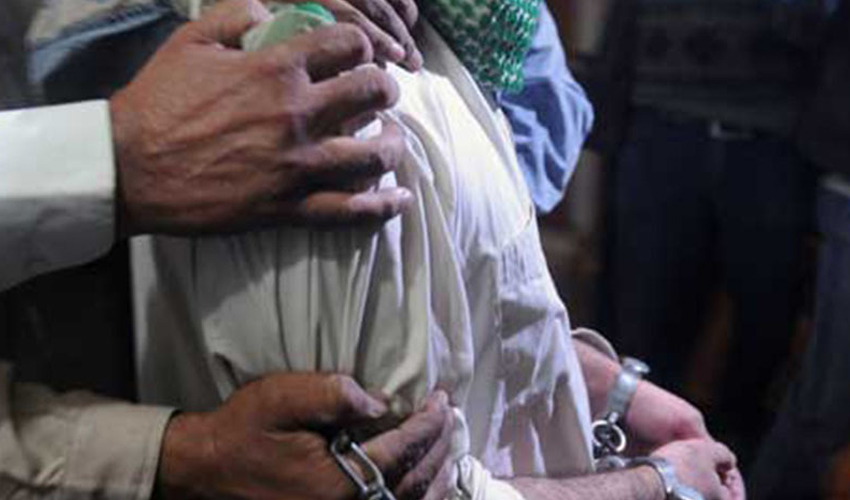Pakistan faces a significant challenge: a large chunk of its imports, more than one-third, is essential transportation fuel. Almost $5 billion is used by two-wheelers and three-wheelers for transportation.
With over 30 million two-wheelers on the roads, making up more than 40% of the total adult male labor force of 70 million, fuel consumption is a critical issue. External price shocks impact household budgets, and economic growth is hampered by the limited foreign currency available for consumption-driven growth.
On the flip side, Pakistan has surplus energy generation capacity but struggles to ramp up electricity consumption due to high tariffs. This creates a negative feedback loop: higher prices (determined through a cost-plus mechanism) lead to lower consumption, which in turn increases tariffs as fixed costs are spread over a shrinking base of consumed electricity.
In one scenario, we are importing energy and depleting precious foreign currency reserves. In contrast, we have surplus electricity generation capacity but are unable to utilize it efficiently. There is a strong case for an accelerated rollout of electric mobility options to address this dichotomy, which can use the excess electricity generation capacity and reduce reliance on imported fuel for transportation.
Electric public transportation
Public transportation options relying exclusively on electric or electric-hybrid vehicles can significantly reduce private fuel consumption while enhancing mobility for the people.
Affordable public transportation reduces reliance on imported fuel and enables people to seek better employment opportunities and higher wages by lowering transportation costs.
The net positive impact on household income comes from increased wages through better mobility and reduced spending on fuel. Rolling out such projects exclusively through electric buses can also partially address the overcapacity problem in the electricity sector, although more structural changes are needed for full success.
These transportation projects should be executed in a modular manner. In the past decade, mega public transportation projects in the country have involved extensive infrastructure changes, leading to significant capital costs, cost overruns, and extended delays. A modular approach through public-private partnerships can accelerate the rollout of these projects.
The government can set service delivery parameters and auction routes to private parties who can then bid for these routes.
In some cases, certain routes may not be viable without subsidies. The government can provide the necessary subsidies, but these should be compared with potential fuel savings and improvements in household income, rather than viewed in isolation.
Through this structure, the government can roll out public transportation projects running on electric vehicles relatively quickly, providing valuable relief to the public.
The government of Punjab has recently launched a scheme to subsidize motorcycles, but only a small percentage are electric. It makes little economic sense to subsidize petrol-fueled motorcycles when a new market for electric motorcycles can be developed.
In countries like China and many Southeast Asian nations, the proportion of electric motorcycles is increasing, driven by the presence of battery-swapping stations. These stations allow two-wheelers and three-wheelers to quickly swap out their batteries instead of refueling. The savings from switching to electricity from petrol are significant and directly impact household budgets and fuel imports on a macro level.
A compelling case exists for an electric mobility emergency, targeting both public transportation and private mobility solutions. Previous policies were focused on reducing duties on electric vehicles for the ultra-rich. Now, the government should formulate policies for the vast majority struggling with decreasing purchasing power and increasing transportation costs.
A two-tiered approach
Policy framework
Clear service delivery parameters and a route auction mechanism should be established. Rolling this out to the provinces can further accelerate the process. The government has long charged a Petroleum Development Levy on petrol and diesel sales.
Reallocating this levy to incentivize public transportation would align with its original intent, rather than it being a revenue source for federal budgetary support.
Incentives for manufacturers
Policies should encourage the local manufacturing of electric buses, two-wheelers, and three-wheelers. This framework should also include parameters for charging and swapping stations, making it a plug-and-play solution.
Incentives such as tax breaks or duty differentials can make it cheaper to develop an electric vehicle ecosystem in the country.
The future is electric. Pakistan's present scenario of excess power generation capacity and increased reliance on imported fuel can be addressed through an accelerated rollout of electric mobility solutions. A mix of public-private partnerships and ecosystem development of electric vehicles can achieve this transformation. Such interventions require not much capital outlay from the government but do require the will and imagination to think differently. Public transportation has one of the highest social impacts, and implementing these changes can significantly benefit the nation and its people.
By focusing on electric mobility, Pakistan can reduce its dependence on imported fuel, utilize its surplus electricity, and improve the overall quality of life for its citizens. The path forward is clear: embrace the electric revolution and pave the way for a sustainable and prosperous future.





